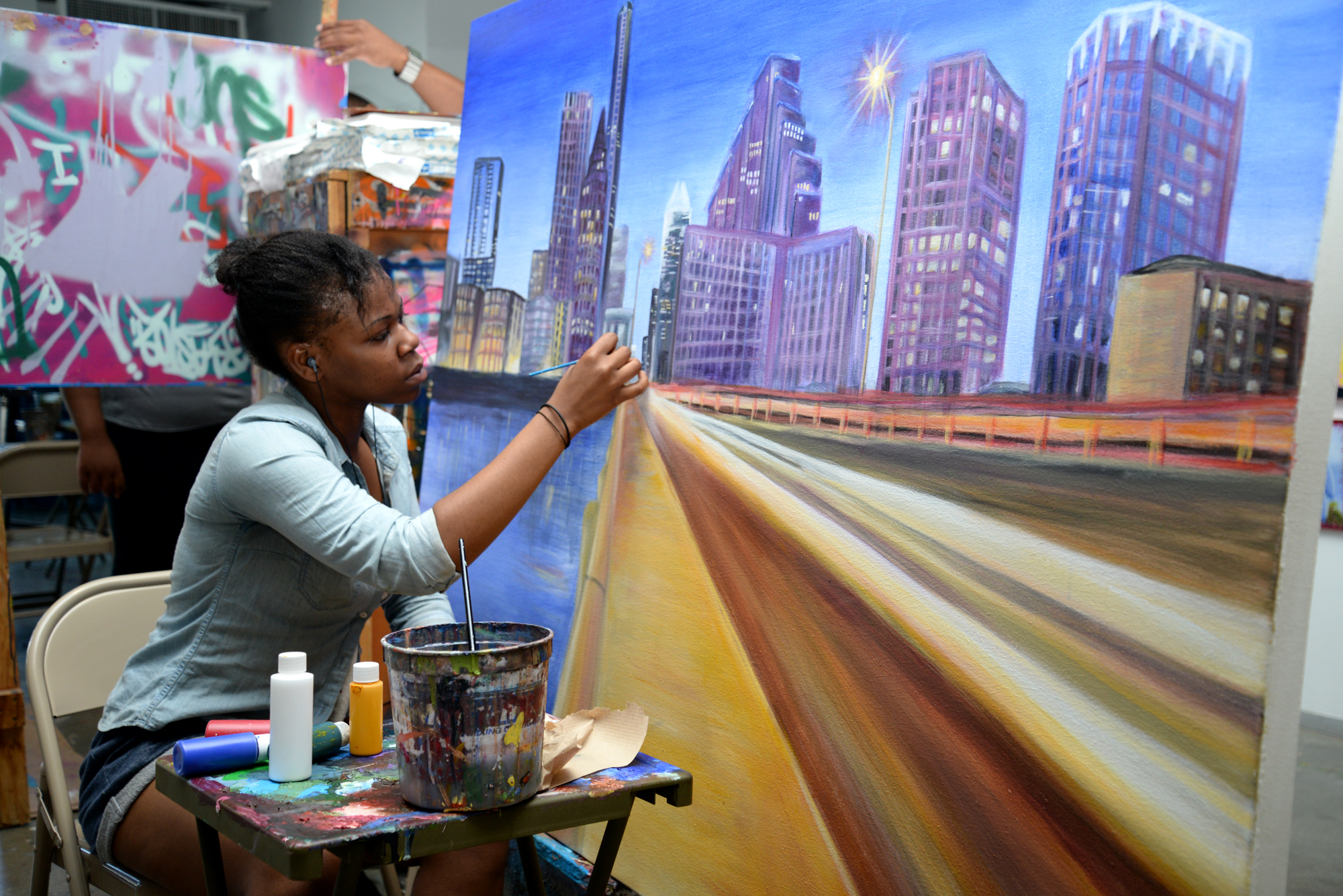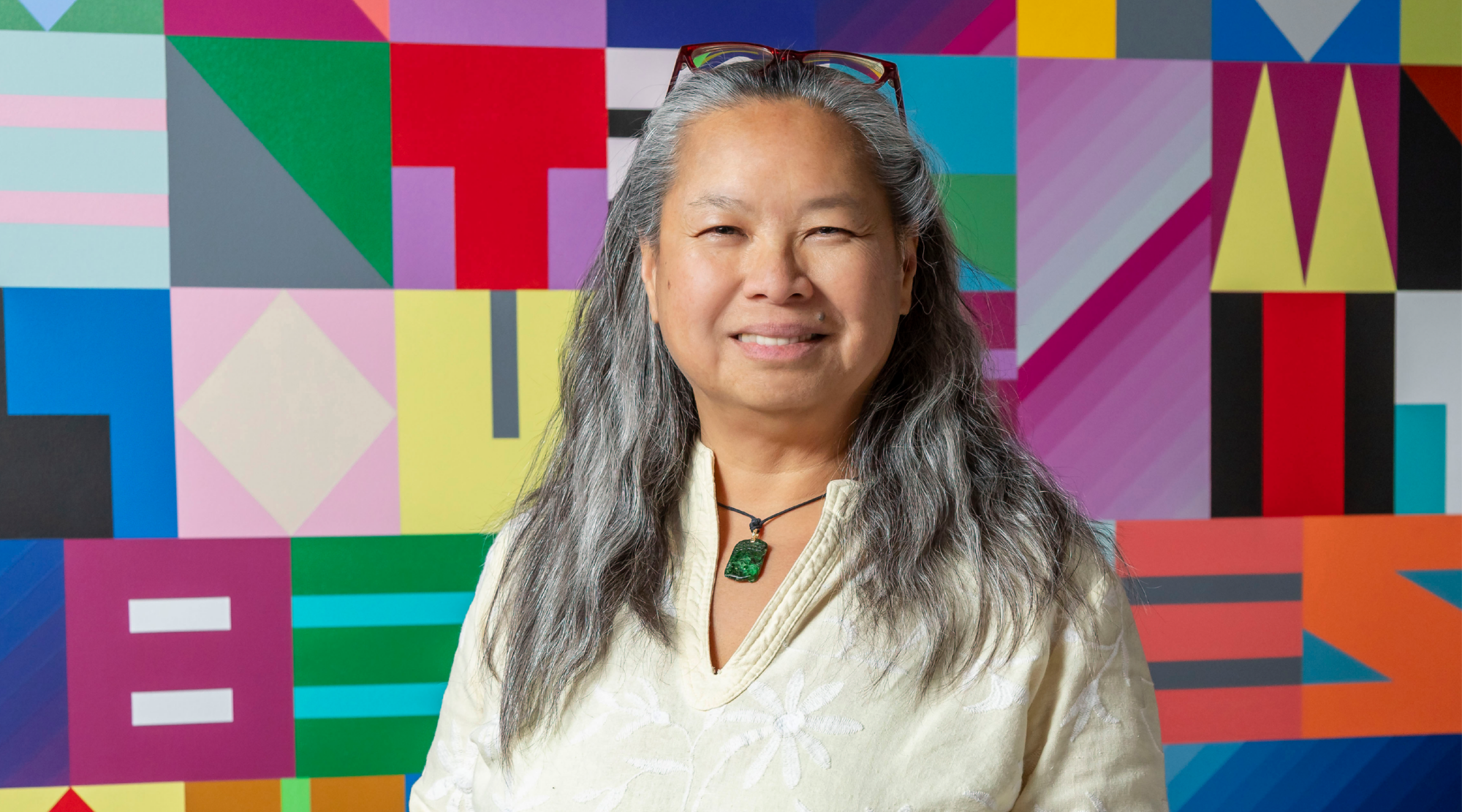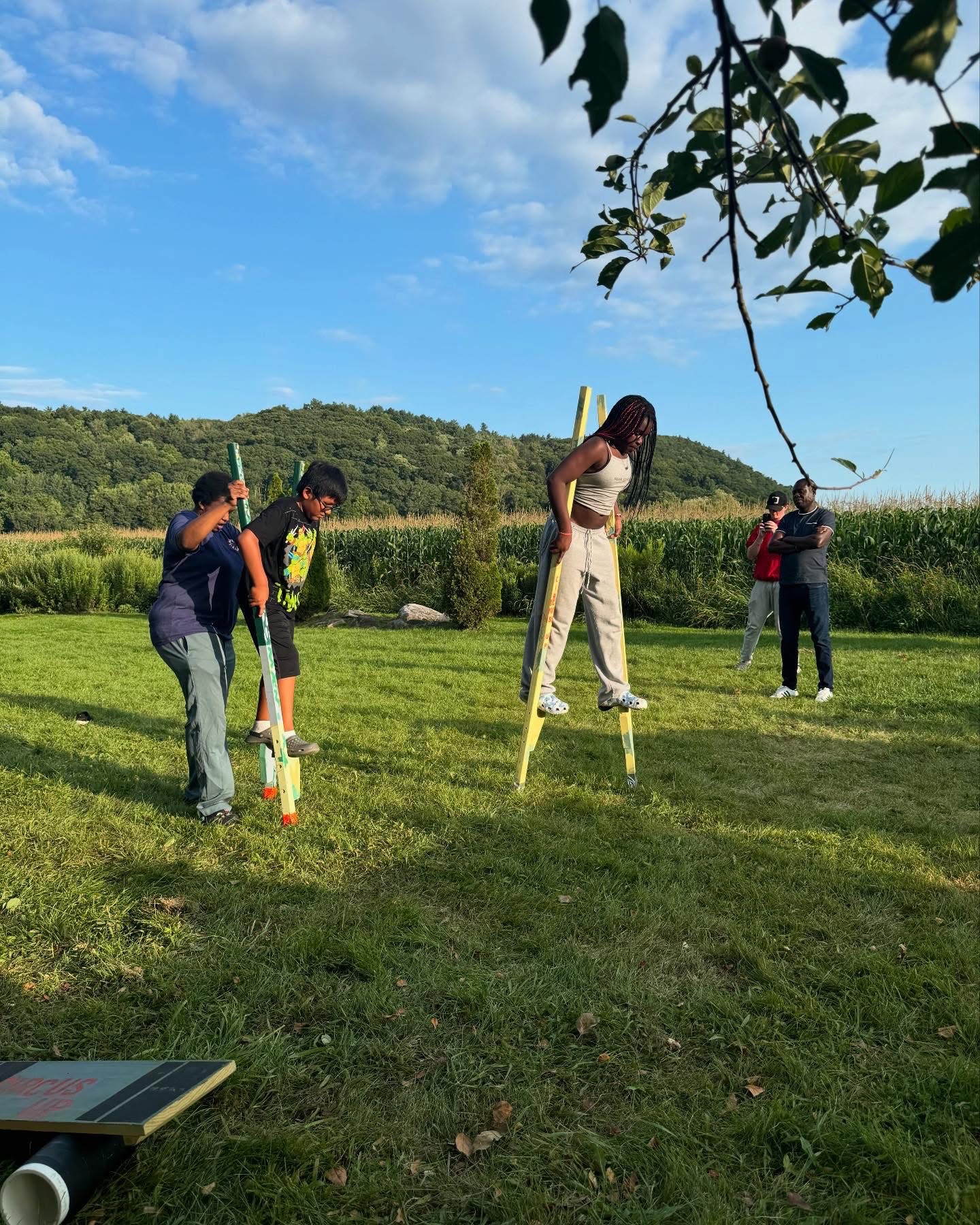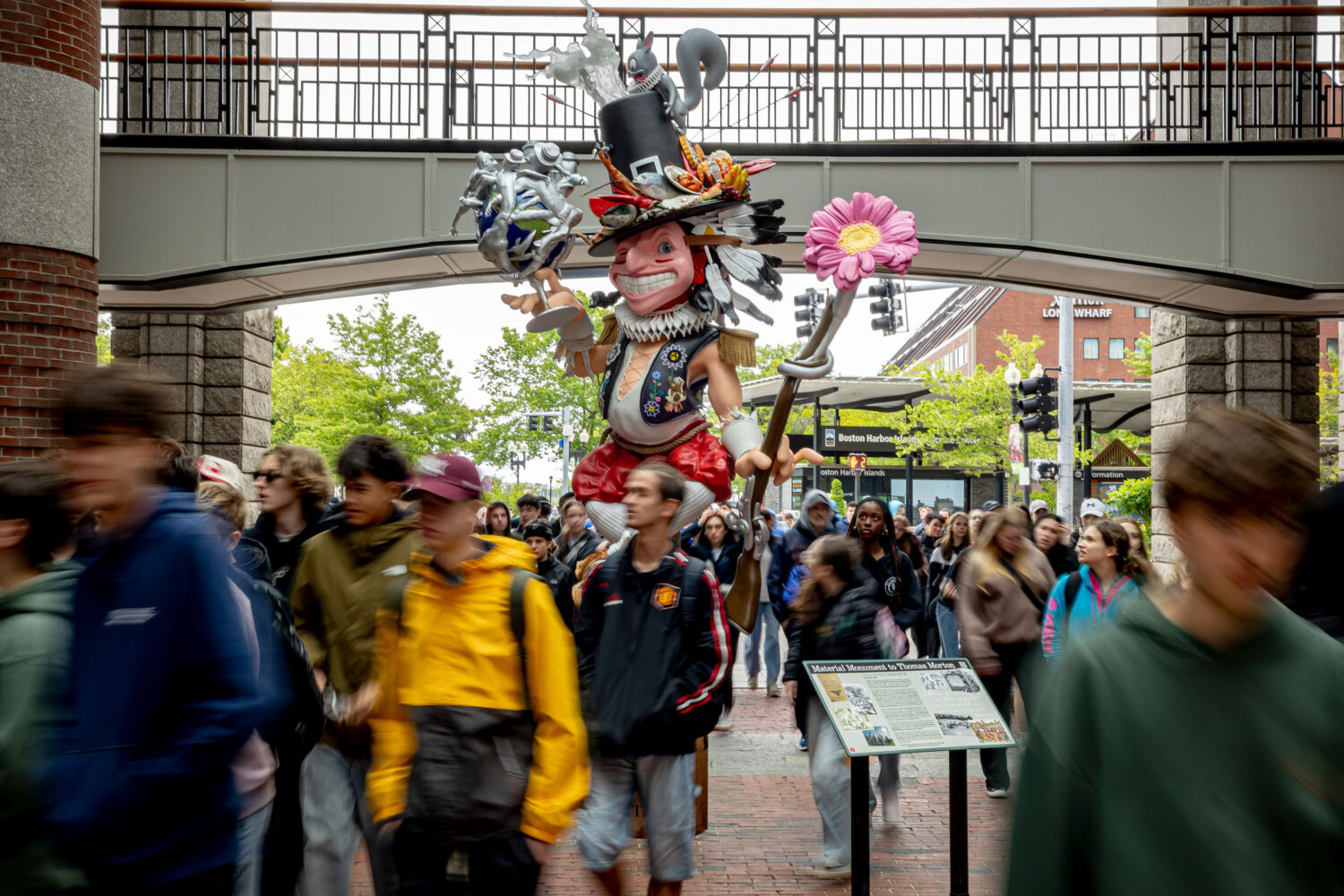Earlier this month, we welcomed Jaime Cortez as Barr’s new program officer for Arts & Culture. With experience as a grantmaker, educator, artist, and activist in a career that spans more than twenty years in the field, Jaime brings terrific perspective and insight to this new role. He has dived right in—listening and learning, visiting with grantees, and taking in varied arts offerings from across the region. At a pause in this full agenda, I peppered Jaime with a few questions to help give a better sense of our new colleague:
What drew you from San Francisco to this opportunity in Boston?
I had the sense that Barr’s arts and culture program was at an exciting moment in its evolution—with an opportunity to help shape its future direction in the context of strategic planning. In addition, through Boston Creates, the whole city is engaging in a process to rethink how it sees and prioritizes art and to be bold and ambitious about its future. It is clearly an exciting time for arts here.
As Boston undertakes its cultural planning process, what are some things that are really working well in San Francisco that might be worth a look here?

One interesting practice that San Francisco committed to is having cultural centers serving specific districts and communities or partnering with local venues to present arts programs. I found it really exciting to see what happens when art comes into the neighborhoods. Residents don’t need to travel to the city center or visit a museum to experience art. It’s a powerful idea that access to art should be simplified—accessible on a neighborhood’s terms, honoring the neighborhood’s culture.
How does being an artist influence your work?
I’ve been a working artist and an arts teacher. I’ve worked at arts nonprofits and in university arts programs.
The way I think about and approach my work draws on all of those experiences, and somehow thrives at the intersection of those different experiences.
What are some of the art exhibits you’ve already seen and enjoyed?
I recently got to visit the Museum of Fine Arts, Boston, and was excited by the quality of work there. One photography exhibit in particular really struck me—it’s called “In the Wake” and is a series where photographers respond to 3/11, the day of the great earthquake and tsunami in East Japan. It’s worth a visit.
I was also really interested in our recent visit to FabFest, an international gathering of people involved with the FabLab movement—a disruptive movement out of MIT, where labs give people access to high-tech equipment (3D printers, laser cutters, etc.) and let the creativity unfold.
Who is one of your favorite artists right now?
I love humor in art. My humor hero is a visual artist named Maurizio Cattelan. He is known for his satirical sculptures like an elevator the size of mice, or putting up the iconic Hollywood sign on a hill above Palermo, Italy, next to the municipal dump, or a nine-foot-tall sculpture of a cat skeleton rearing its back. Early in his career, Cattelan was invited to create an art installation for the Museum Boymans Van Beuningen in Rotterdam. For the piece, he tore a hole in the floor of the museum and created a sculpture of himself peering out from the hole. It was his trickster way of showing that he is in the museum, but somehow shouldn’t be there.
When you told people you were leaving San Francisco for Boston, what did they say?
When I decided to come to Boston, memories of the city’s historic winter were still fresh. My California friends and colleagues asked me, “Are you sure you’re ready for this?”




